It's been almost a year since the "bush” capsized the boat of artisanal fisherman Francisco Neto, off the coast of Amapá, on the shores of Cabo Orange Park. "Bush” (or “Mato”, in portuguese) as sargassum is known locally, is an algae that has become a headache for artisanal fishermen in the far north of the country.
It was just another normal working day for Francisco, 25. His routine is to spend 20 days away at sea. The boat - a small wooden one - had already been in the area for 12 days. In the late afternoon, around 5pm, Francisco and his four colleagues were surprised by the sargassum.
The fishermen work as gillnetters, to guarantee fish for their families and for local sales. As they pulled in the trap, they felt the weight of the undergrowth coming along with it and there seemed to be no end to it. Four fishermen held the net, each at one end, while the rough sea continued to flow. Inexperienced with this situation, even though they knew that the sargassum had curled up, they thought they would be able to retrieve the net and continued pulling until the plant filled the surface of the boat. "There were about six tonnes of sargassum in the net,” Francisco estimates.
The boat had the capacity to carry six tonnes of ice with fish, but as long as it was well distributed in the hold. The problem, in this case, was that the sargassum was all on the deck, at the top, which caused an imbalance. At around 7pm, they decided to return to land and, when they tried to speed up a little, the weight of the sargassum suddenly caused the boat to capsize. “We didn't even have time to call anyone on the radio [to ask for help],” says Francisco.
Artisanal fisherman Francisco Neto

Francisco and Valmir Mendonça
Photo: Davi Marworno
The group remained at sea, adrift, holding on to the overturned boat, just following the movement of the tide and hoping that someone would come to the rescue. It was dawn and nothing. The cold increased, as did the fear. It wasn't until around 5am that they spotted boats further out and two crew members swam towards them to call for help.
Despite the drama of a whole night at sea, the accident didn't injure anyone. But the fishermen lost their entire 12-day workload, as well as their net, radio, navigator and everything else that was in the boat, including their personal mobile phones. Francisco estimates a total loss of R$40,000 (about USD 6,600). However, what that moment brings to mind most is the enormous scare they went through. “The thought that immediately came to mind was death, right? There's no way not to think about it. I prayed to God that we wouldn't die there, I thought about my family, I was very nervous. Another boy talked to me and calmed me down,” he says. “If that bush appears again, now we know it's better to cut the net and move on,” Francisco concludes.
The owner of the boat is his father, Valmir Mendonça, 53. Despite having another boat, which has concentrated all his work since the shipwreck, the damage from the accident has still not been recovered. “It was very complicated, you know? Now that I'm planning to get a net, I've taken out a loan, I've painted the boat,” Valmir laments.
What happened to them has also happened to other fishermen in the region, they recall. “It wasn't possible before, but now how many boats have capsized because of it? I've seen big boats, really big ones, lose their nets because of this weed. It intertwines in such a way that you can't use it anymore,” he says. The fishermen say they don't know exactly where it comes from or what causes this proliferation of algae, but it's been at least four years since it started appearing and causing complications, especially in the rainy season, such as March and April.
The reasons for the proliferation of sargassum in the Atlantic, between the Gulf of Mexico and West Africa, are still uncertain. But the Amazon itself may be contributing to the problem.
This is what a study published in 2022 by a group of researchers from three Brazilian research institutions suggests. The scientists spent around 11 months collecting samples from the Amazon continental shelf, which is the part of the ocean that runs from the edge of the continent to a depth of around 200 metres. This made it possible to sample the components present in the water during different times of the year.
The conclusions point to a link between the expansion of sargassum and the concentration of nitrogen in the water. Nitrogen is one of the nutrients that sargassum feeds on. One of the authors of the research, Carolina Cidon Mascarenhas, a doctoral student at the Federal University of Pará (UFPA), explains that the increase in the element in the region can be explained by the intensification of human activities that flow into the rivers. “We realised that between 2008 and 2018 there was an increase in deforestation in the region, to allocate areas to agriculture and livestock. This contributed to the increase in nitrogen that ends up on the continental shelf,” she says.
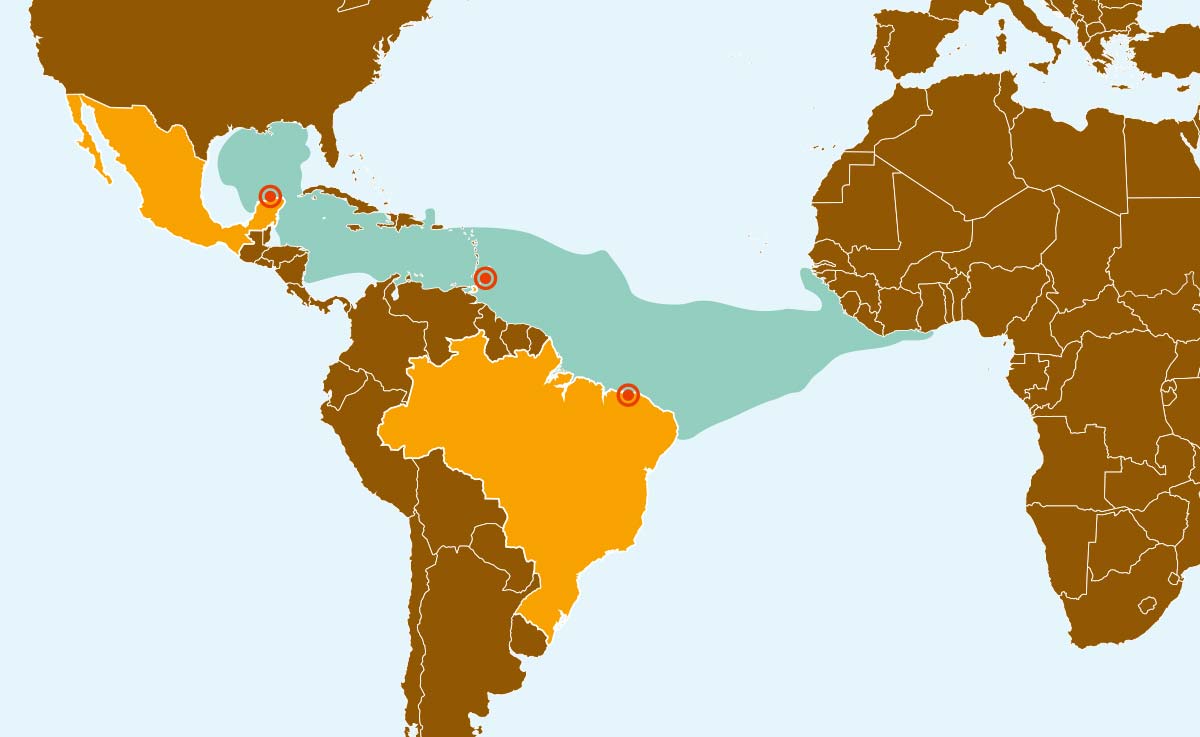
Added to this is the use of fertilisers, which are also composed of nitrogen. Without the natural barrier of vegetation, when it rains, this nutrient ends up in the rivers and consequently flows into the ocean. Another cause is the lack of an adequate urban sewage system. Without proper treatment, waste and microorganisms, which also have this chemical element, also reach the waters. All this may be favouring the sargassum belt in the Atlantic.
Video: Alice Martins Morais
“With this study, we have been able to highlight the need for more effective management of agricultural resources and practices,” says Mascarenhas. According to the researcher, the issue requires greater dialogue between the different sectors in order to find a solution. “The concentrations of sargassum affect marine diversity and affect tourism, so it's important to do this continuous monitoring and management of water resources,” she says.
This research and public policy effort, in his opinion, should be cross-border, because what starts in South America follows the sea current and comes to dominate beaches in other countries, such as Trinidad and Tobago, whose economy is very much based on tourism, and even Mexico, where efforts to combat the growth of the algae have resulted in nature-based solutions.



 BRAZIL
BRAZIL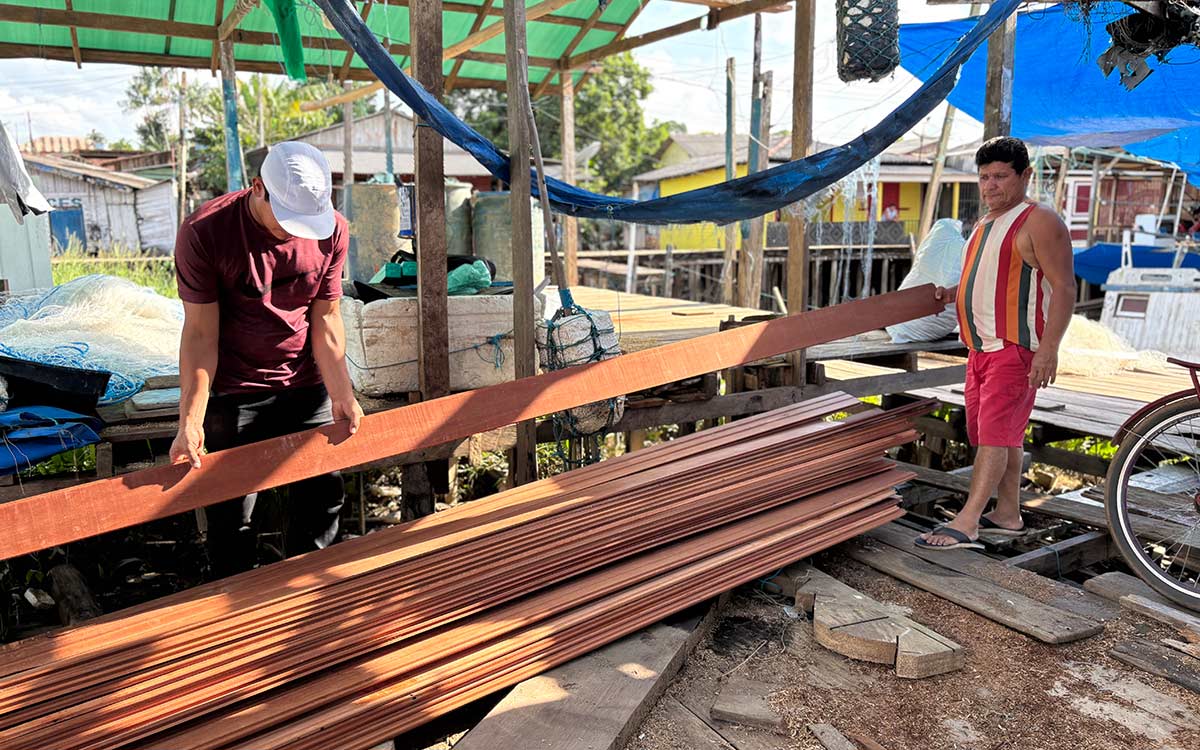

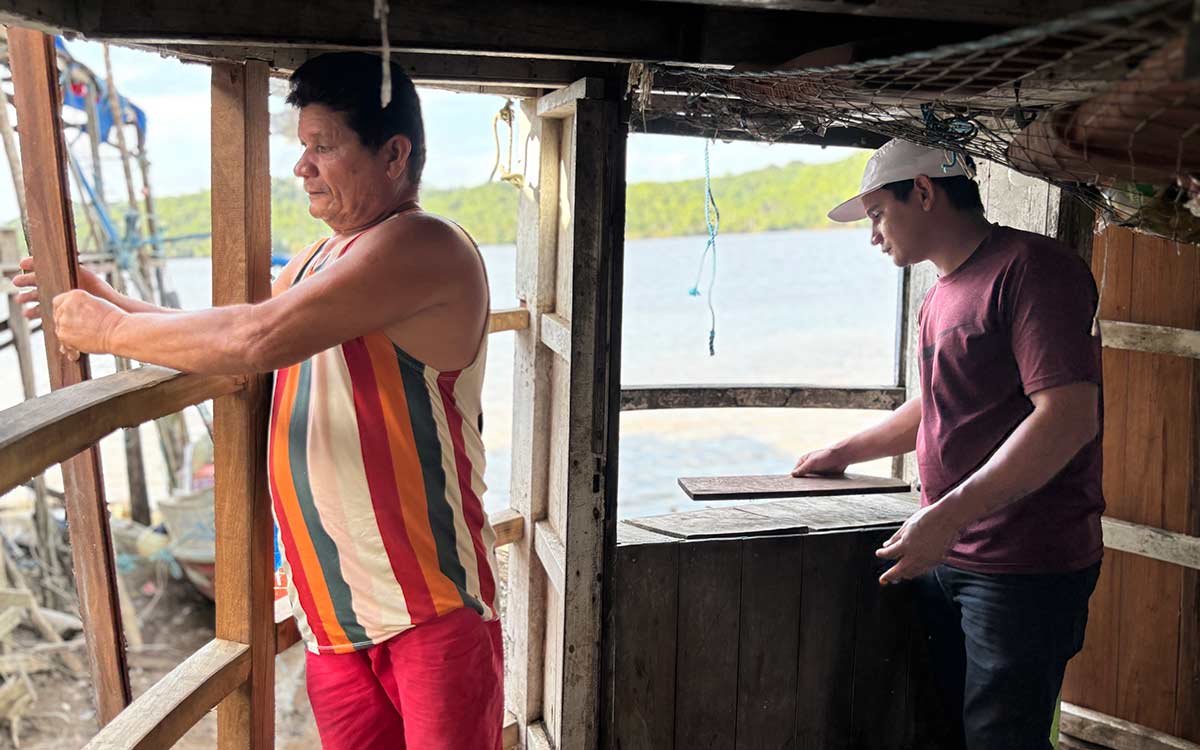
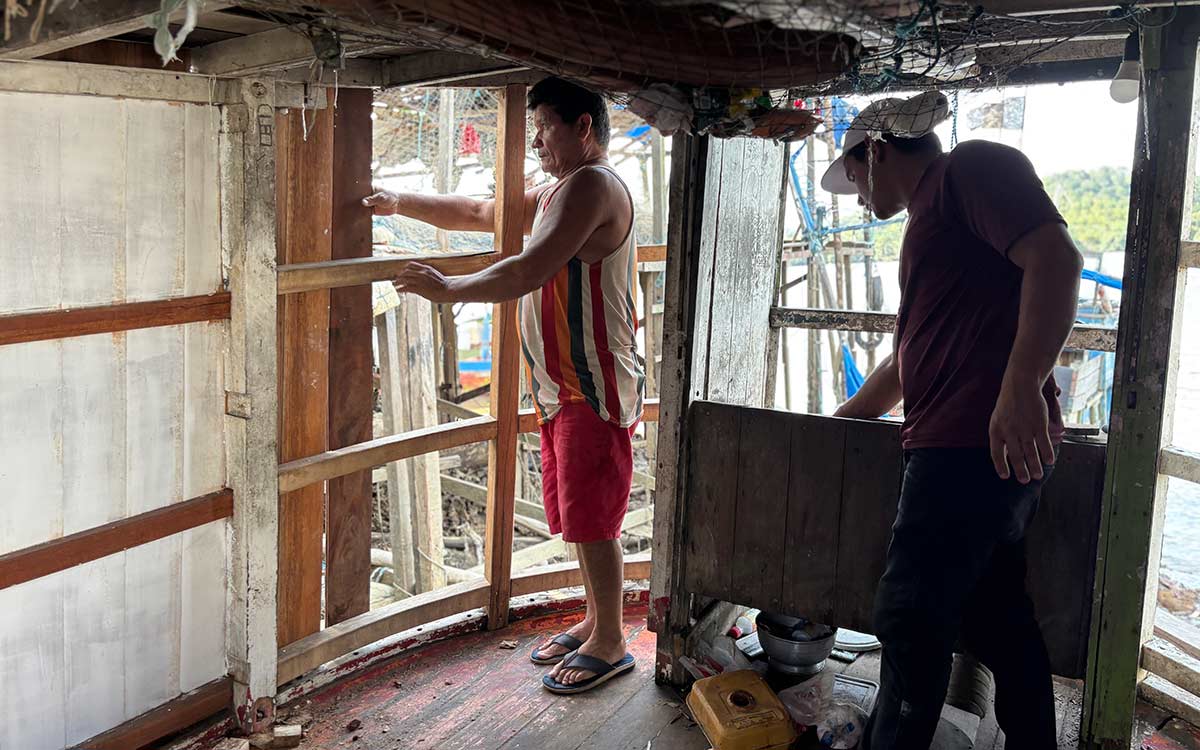
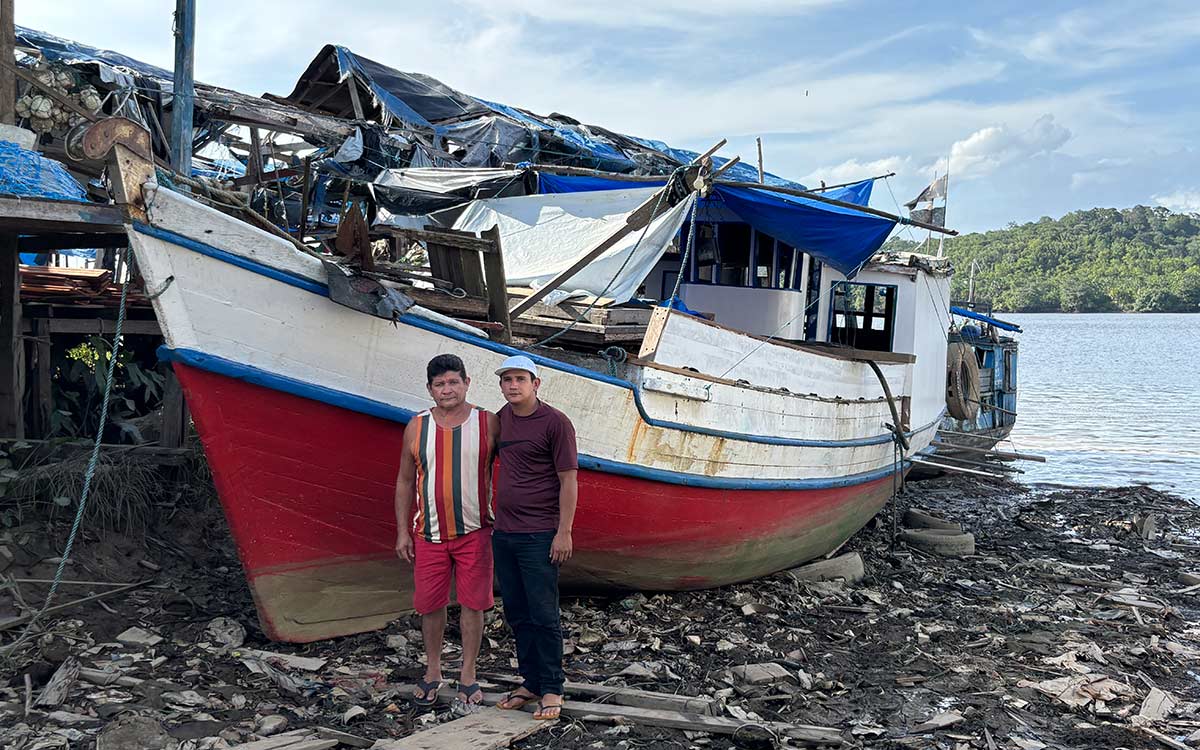

 Mexico
Mexico  Trinidad and Tobago
Trinidad and Tobago